The Results of All-Ukrainian Teachers’ Survey Regarding Functioning of Specialized Media on Educational Topics in Ukraine
https://doi.org/10.17721/2522-1272.2022.80.4
UDC: 075/077:[37.091.33-028.22:004.773]
Lesya Horodenko, Doctor in Social Communications, Professor, Social Communications Department, Educational and Scientific Institute of Journalism, Taras Shevchenko National University of Kyiv,
Corresponding author’s e-mail address: lgorodenko@knu.ua
Petro Katerynych, PhD Candidate, Social Communications Department, Educational and Scientific Institute of Journalism, Taras Shevchenko National University of Kyiv
Corresponding author’s e-mail address: katerinich1993@gmail.com
https://orcid.org/0000-0002-5967-2368
ABSTRACT
The article presents the results of a representative survey of Ukrainian teachers on the level of their satisfaction with educational content and media coverage of education issues.The results of the survey, announced in the Communication Strategy 2019-2021 of the Ministry of Education and Science of Ukraine, show that all the specialized media we analyzed (“Osvita.ua”, “NUS”, “Osvitoria”, and “Pedpresa”) are in the top 10 Internet resources visited by teachers (according to the survey of Gemius Audience). We interviewed the teachers to determine the level of satis-faction of the representatives of secondary schools pedagogical staff with the content on educa-tional topics in highly specialized and widely specialized media, to comprehend the affective correlation between the content of educational topics on various resources, and also to deter-mine the opinions of key content consumers on educational topics regarding necessarity of crea-tion of new information resources in Ukraine.
It is a representative survey: α=.886 (88.6%) with (N=384). A questionnaire and 8 questions in the form of a Likert scale were used for better data interpretation. The results of a nationwide teachers survey show they are more satisfied with coverage of education topics by narrowly specialized media (“Osvita.ua”, “Osvitoria”, “NUS”, “Pedpresa”, etc.) than by broader special-ized media. The teachers eveluate the opportunity for creation of new resources (sites) that would publish information and analytic content on education topics at 8.08 points out of 10.
KEYWORDS: educational journalism; educational content; educational media outlets; teach-ers‟ survey; education.

